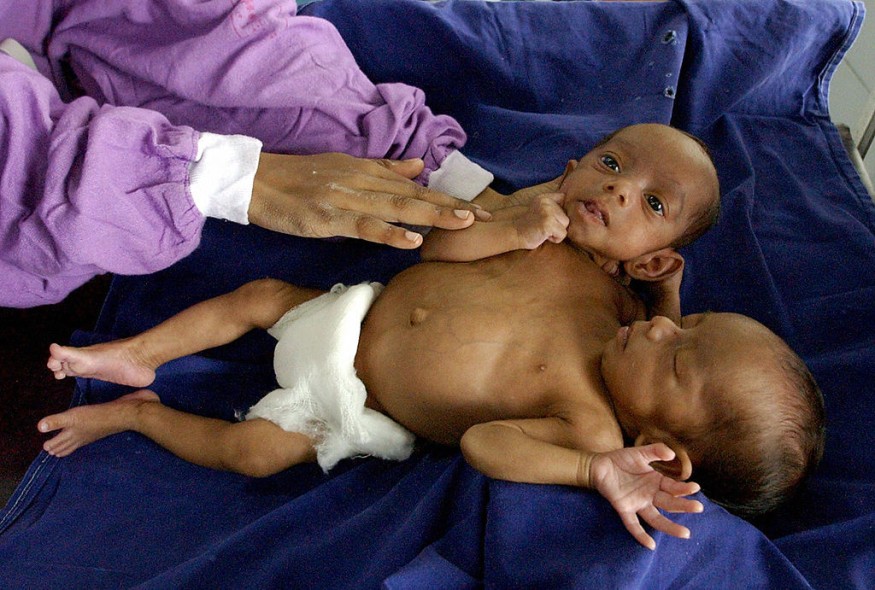Conjoined twins Sohna and Mohna Singh, 19, were abandoned by their parents when they were still babies. They lived at a shelter for children from impoverished families and went on to study electronics. Recently, they were hired as electricians as their first job and will be paid separately.
The unique story of the Singh twins serves as an inspiration for many conjoined twins. But how does this unique condition happen, and could it still be corrected?

Conjoined Twins in Their First Job
The conjoined twins were born in 2003 in New Delhi, India, but they were abandoned soon after their birth. The New York Post reported that doctors could not separate them because they shared a single liver, gallbladder, spleen, and one pair of legs. There is a high risk of mortality in separating the boys.
Growing up, the boys have shown interest in fixing things. Even their caregiver in the shelter commented that the twins have always loved tinkering as they would always fix all minor problems related to electronics in the institution.
Now that they have grown up, they have improved their skills, gained their diploma in electronics, and were hired by the government-own Punjab State Power Corporation Limited (PSPCL) as electricians who will look after their supply control room. Each of them is paid separately with a salary of Rs 10,000 ($133) per month.
The twins told the Independent news outlet that they are thankful to the Punjab government for recognizing their talent. Officials of the PSPCL were impressed by the boys when they visited them at the training site.
How Do Conjoined Twins Happen?
According to Mayo Clinic, conjoined twins are two babies born physically connected. Their condition started when they were still embryos who failed to completely separate from each other. The most common sites connected are the chest, abdomen, and pelvis.
Since the twins are connected, they could also be sharing one set of various organs. Some of them can be operated to separate them, but many were left due to some complications and high risk. The success of the surgery depends on how many and which organs they share and the experience and expertise of the surgical team.
The exact cause of this condition is unknown, but experts have shared some theories. First, they said that a single fertilized egg splits into two individuals within eight to 12 days since conception results in identical twins (monozygotic twins). But more than that, time will result in conjoined twins.
Another explanation suggests that two separate embryos may somehow fuse and form one embryo during early development. Experts said that these two explanations do not necessarily explain the real reason behind conjoined twins s it remains unknown.
There are many types of conjoined twins, and they are mainly classified depending on what part they are connected to. Mayo Clinic has identified eight types of conjoined twins, which are the following:
- Chest or also known as Thoracopagus
- Abdomen or also known as Omphalopagus
- The base of the spine or also known as Pygopagus
- Length of the spine or also known as Rachipagus
- Pelvis or also known as Ischiopagus
- Trunk or also known as Parapagus
- Head or also known as Craniopagus
- Head and chest or also known as Cephalopagus
There are also rare cases in which one of the conjoined twins is smaller than the other, a condition called asymmetric conjoined twins. But a rarer condition of conjoined twins is when one twin is found partially developed inside the other twin, known as fetus in fetu.
RELATED ARTICLE : Twins Conjoined Successfully Separated After an 18-Hour Operation
Check out more news and information on Twins in Science Times.
© 2025 ScienceTimes.com All rights reserved. Do not reproduce without permission. The window to the world of Science Times.












